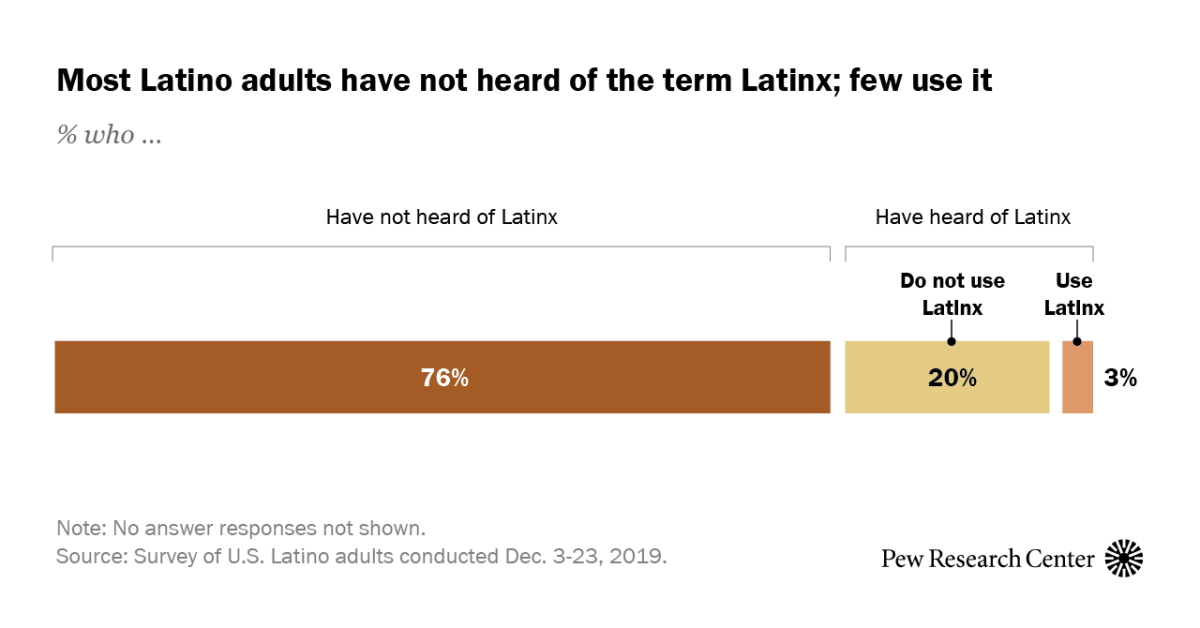You know drow are based in large part on Melniboneans, right? As are pale, decadent Targareans.They are evil, other elves are almost never drawn as anything but very white and are default-good. Only by willfully refusing to see the problem can someone possibly not see it.
It's one of those heads you lose, tails I win kind of paradigms. Evil group is dark-skinned? Racism. Non-evil group is dark-skinned? Irrelevant. White group is good? Racism. White group is evil? Irrelevant.
D&D giants. Fire giants are black, because they're black in Norse mythology, where black is associated with the earth and with fire. Frost giants are pale because they're associated with ice and snow. What inferences can we draw about racism and culture from these depictions? None.


